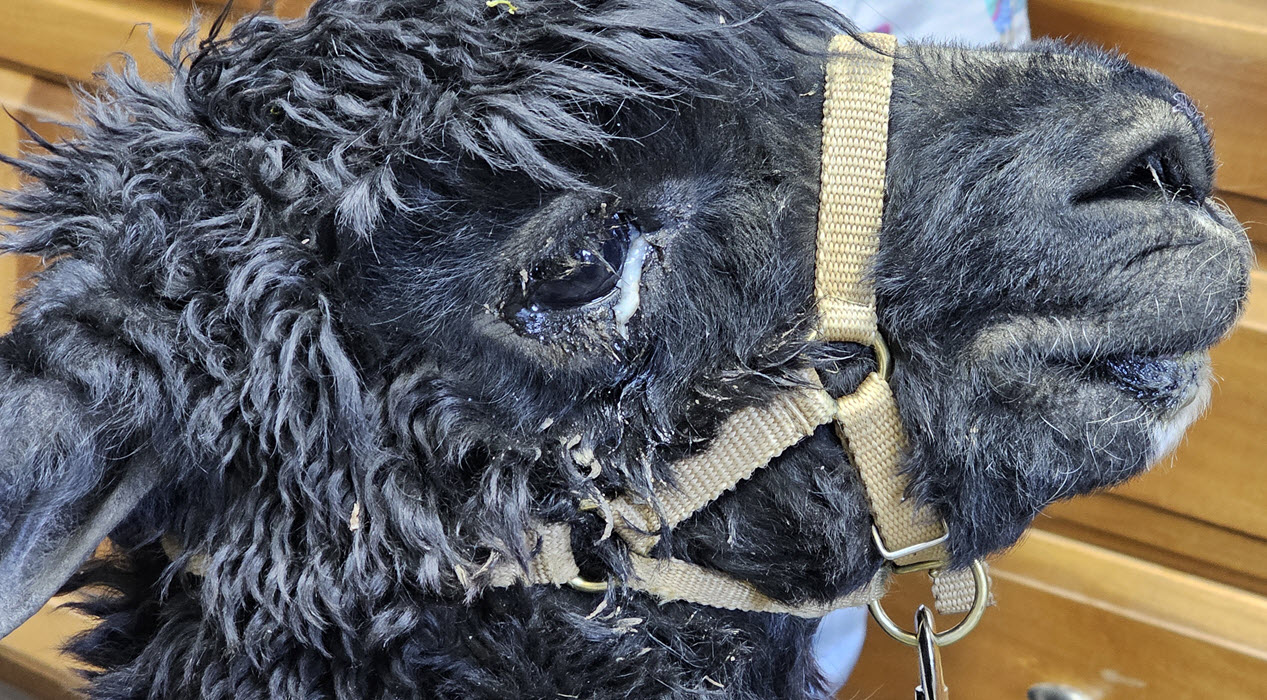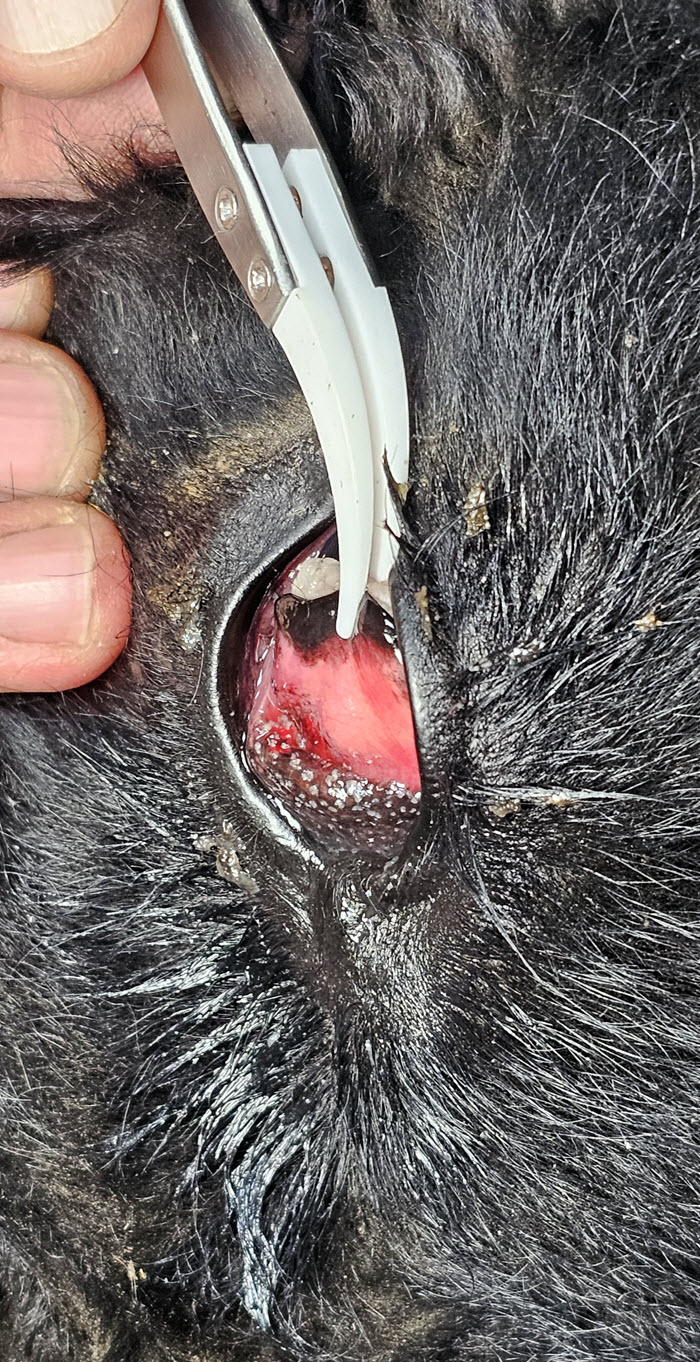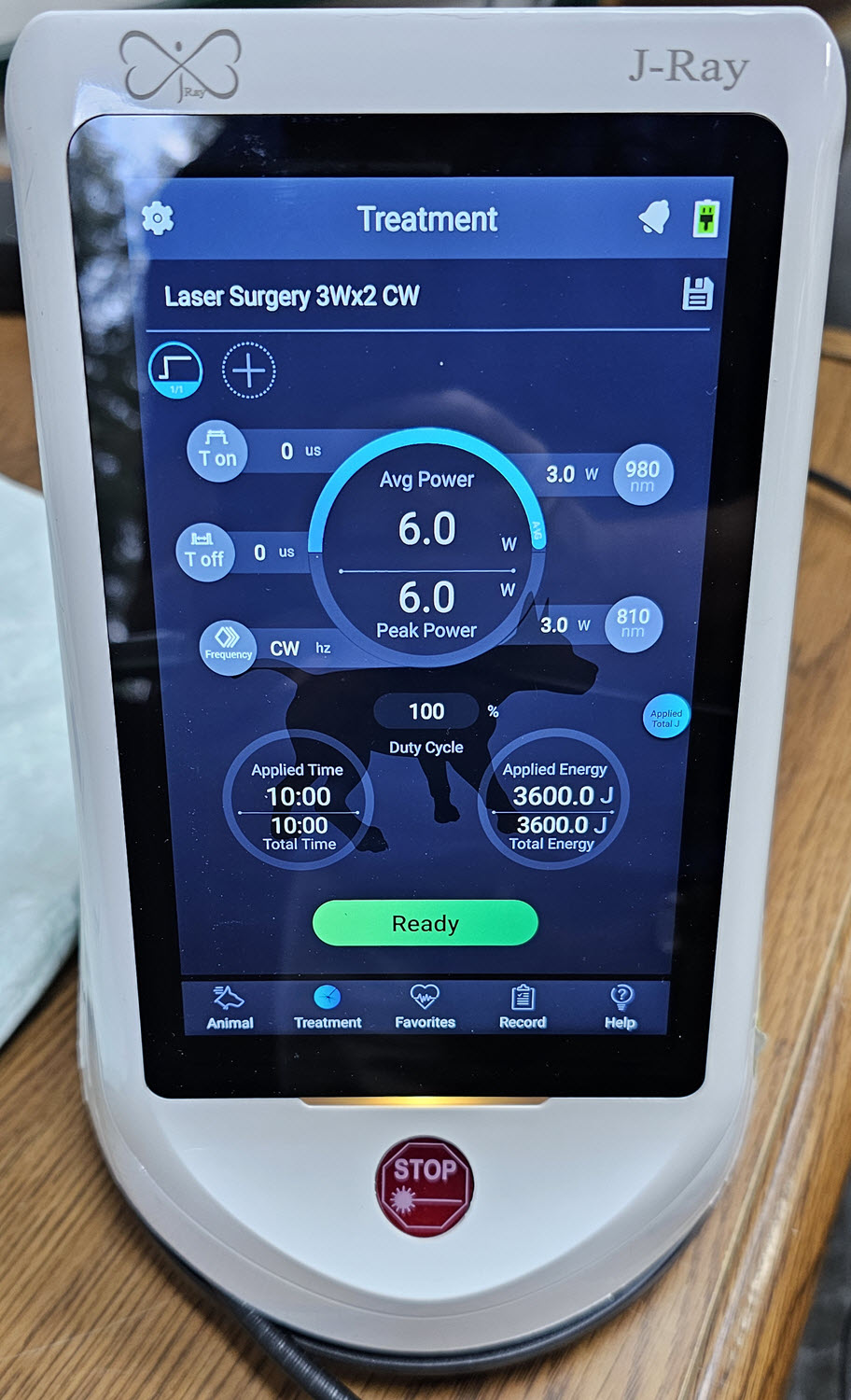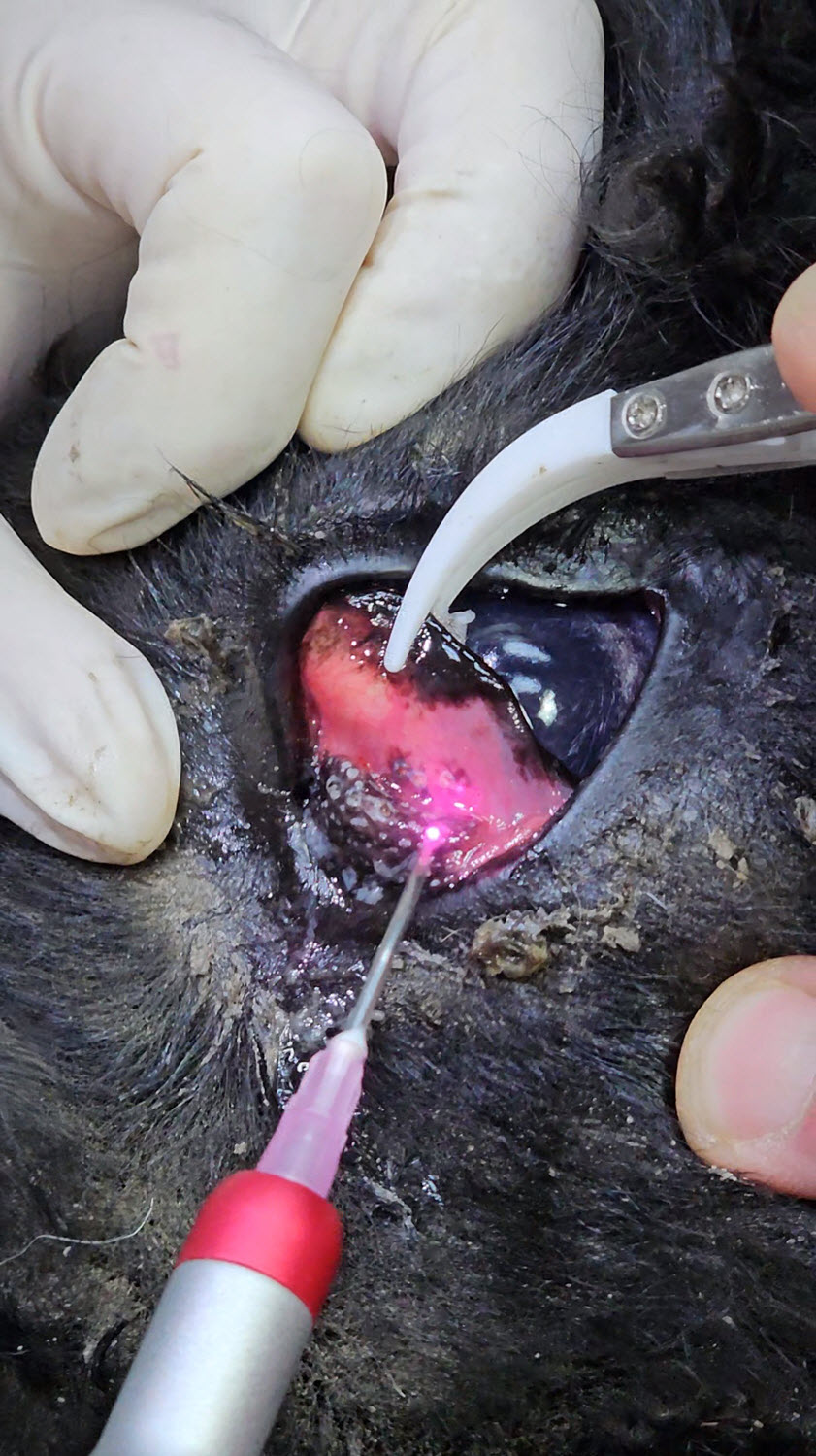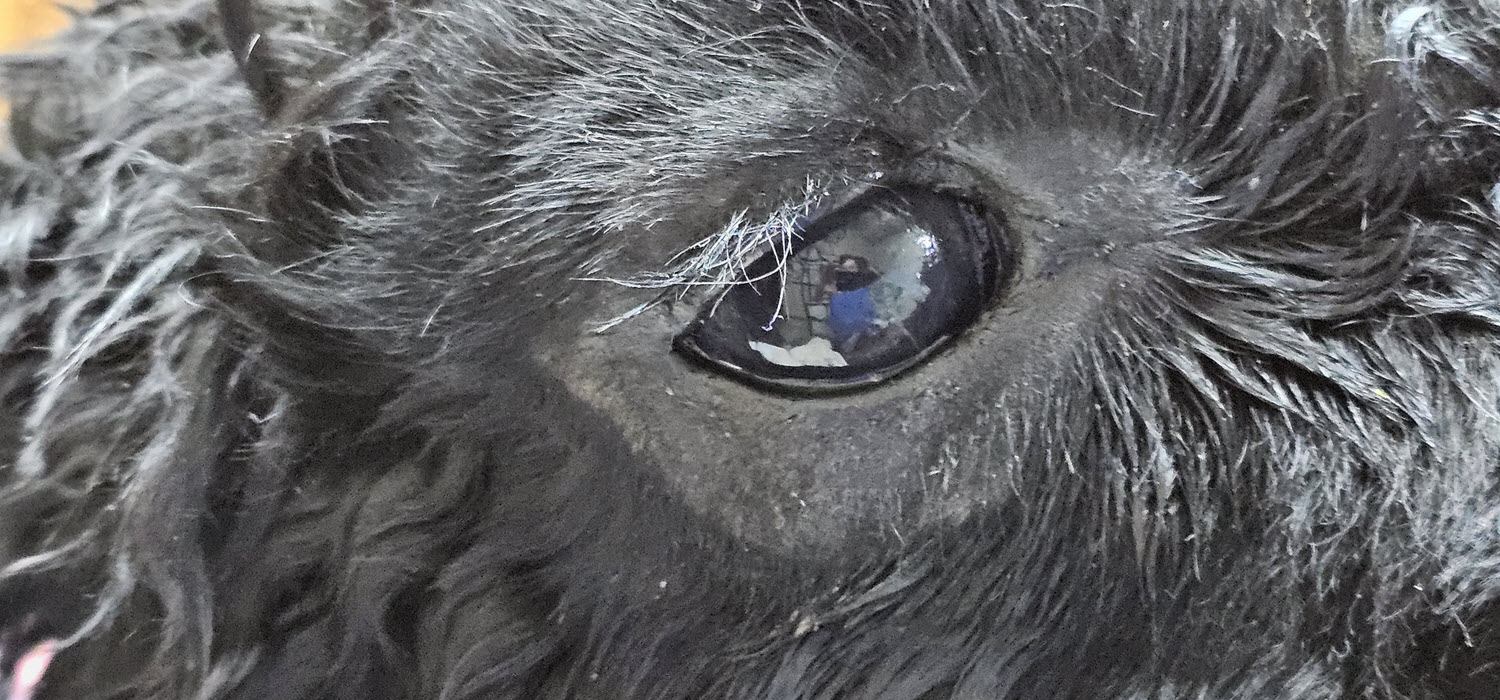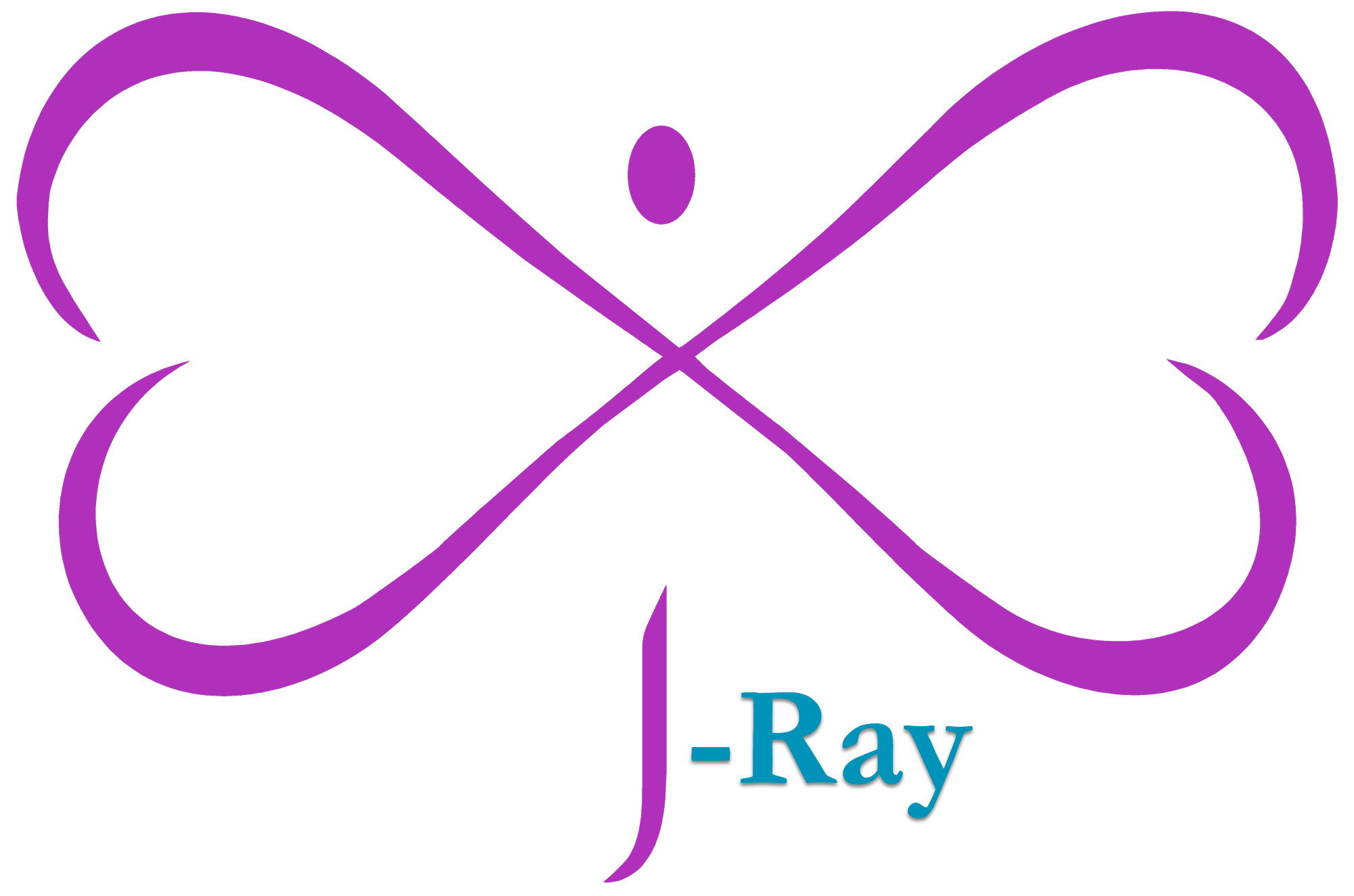Something Else our Clients Say about our J-Ray Laser!
...This has been a tremendous help with hot spots, lick granulomas, ear infections and other skin conditions that were just being "maintained" previously. We use this machine to treat something every day that we see pets, from post-op therapy to longer maintenance it has added an undeniable benefit to our practice...
 Libby Ratcliff (RVT and Practice Manager) | Fling Pet Clinic, Hillsboro, Ohio
Libby Ratcliff (RVT and Practice Manager) | Fling Pet Clinic, Hillsboro, Ohio
Kind words about our J-Ray Laser, kind people!
After using a co2 laser and therapy laser for the last 10 years the J-ray has become a welcomed addition to our practice. The dual capabilities make it versatile both medically and financially. At the price point the J-ray would be a great addition to any practice. It has more than achieved our expectations.
 Dr. Nathan Metz, DVM | Metz Petz Veterinary Clinics, Ada and Shawnee, Ohio
Dr. Nathan Metz, DVM | Metz Petz Veterinary Clinics, Ada and Shawnee, Ohio
Kind words about our J-Ray Laser, kind people!
I use this laser on my driving ponies whether just beginning training or seasoned drivers. I cover their necks, down the back, and over their hips and sacrum. It seems to help keep them flexible and comfortable. Each enjoys his/her session!
 Dr. Robin Anderson, DVM | First Star Ranch, Chiefland, Florida
Dr. Robin Anderson, DVM | First Star Ranch, Chiefland, Florida
Kind words about our J-Ray Laser, kind people!
I have been VERY PLEASED with my J-RAY Therapy laser. The more common conditions I use it for are stifles , hips, strained muscles , neck injuries , sore backs blocked Tom cats and cat stomatitis. The most rewarding treatment was a horse with a severe painful poisonous snake bite wound. Laser treatment lessened the pain , reduced swelling and aided in tissue healing. I am a veterinarian but I treat a lot of sore Cowboys!
 Dr. Dail McLawhorn, DVM | McLawhorn Animal Clinic, Greenville, North Carolina
Dr. Dail McLawhorn, DVM | McLawhorn Animal Clinic, Greenville, North Carolina
Kind words about our J-Ray Laser, kind people!
We use it more for our own aches and pains. Lol ... It seems to be very helpful for chronic issues like stifle injuries, but we are also slipping in a few swipes in post op especially bad degloving, or other hbc types of trauma! We have had several cases do very well, the funniest was my office manager's mini poodle with injured stifle. Everytime she heard us using it on somebody she would come out of the office and find us to stand in line for her treatment! Works well for degloving injuries and other obnoxious wounds, along with honey wet to dry bandaging.
 Dr. Barbara Walton, DVM | Third Street Veterinary Clinic, Siler City, North Carolina
Dr. Barbara Walton, DVM | Third Street Veterinary Clinic, Siler City, North Carolina
Kind words about our J-Ray Laser, kind people!
I have had a J-Ray laser for almost two years now. I use it daily in practice and do not want to practice without it. It is great for helping with orthopedic issues, like back and stifle injuries and chronic arthritic pain. Have been able to keep many CCL tears from needing surgery. Also, I use the J-ray frequently to speed wound healing and have been amazed at how quickly deep wounds have healed with less pain and less infection. I also use the J-Ray for surgeries where I need cut and cauterize at the same time. Just removed a large, tumorous third eyelid from a dog without any bleeding or suturing at all.
 Dr. Jessica Miller, DVM | Healing Hearts Veterinary Care, LLC, Wauseon, Ohio
Dr. Jessica Miller, DVM | Healing Hearts Veterinary Care, LLC, Wauseon, Ohio
